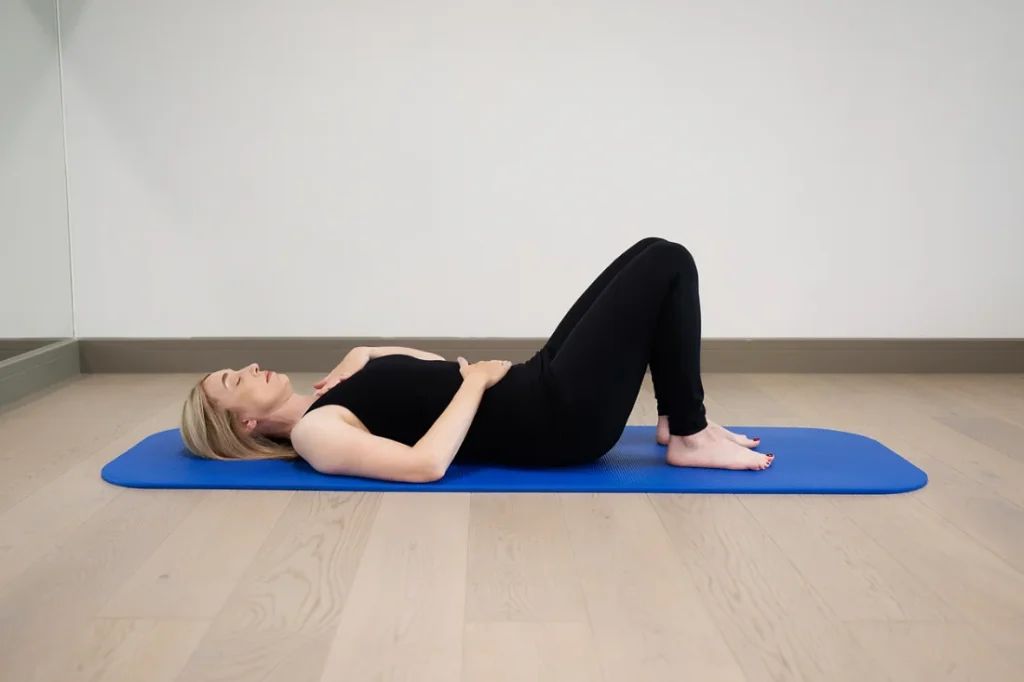Hypermobility can happen in both joints and muscles. You might be a hypermobile yogi if your joints hyperextend, or if you’re just very flexible! We often hear about taking micro-bends in the knees and elbows to protect joints, but that’s only part of the solution. Here are 5 key yoga modifications to help counteract hypermobility.
1. Pull your shoulder blades down toward your back pockets
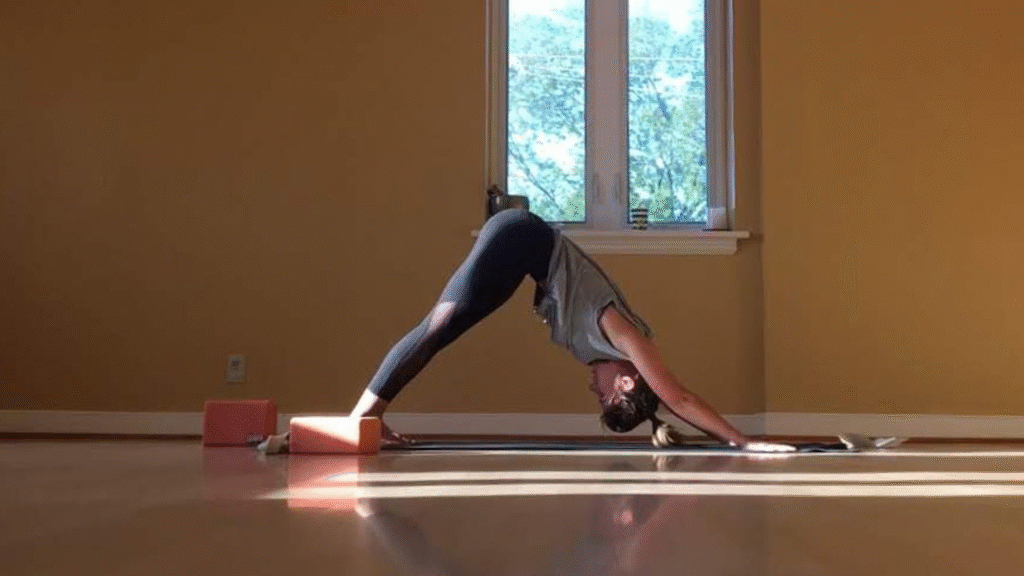
Many hypermobile yogis with flexible hamstrings and backs tend to arch their backs, tilt the pelvis downward (front tipping down), and push the belly out. This can increase injury risk. To fix this, imagine wings attached to your shoulder blades and pull them down along your sides. This adjustment stabilizes the shoulders and engages the core.
Use this in any pose where you’re on your forearms or hands, like downward-facing dog.
2. Engage your quad, lift your kneecap
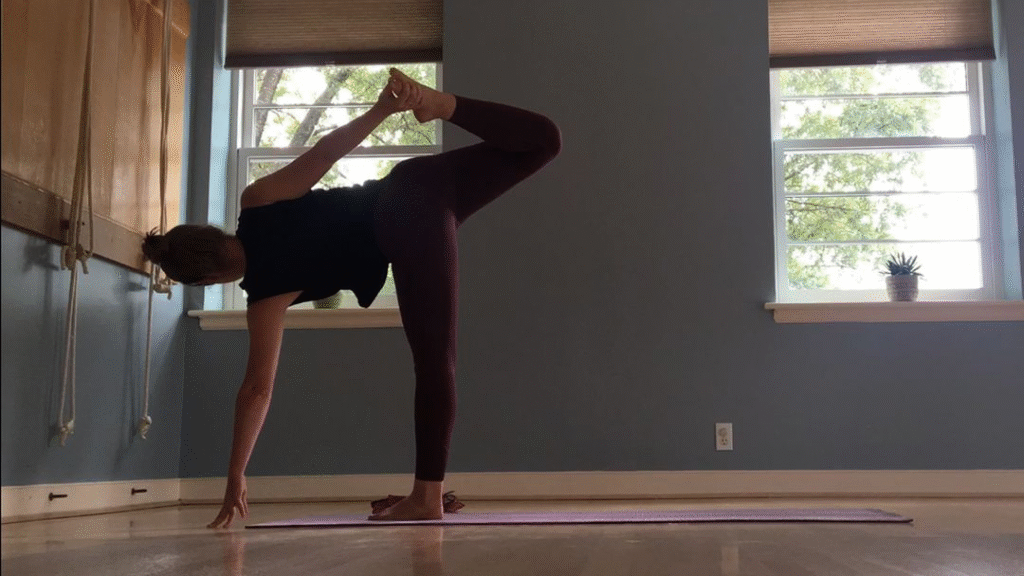
In poses with a straight front leg (like half-moon), before moving into it, activate your thigh muscles and lift your kneecap. This protects the knee joint and keeps you stable, preventing overstretching in the hamstring.
3. Claw the mat
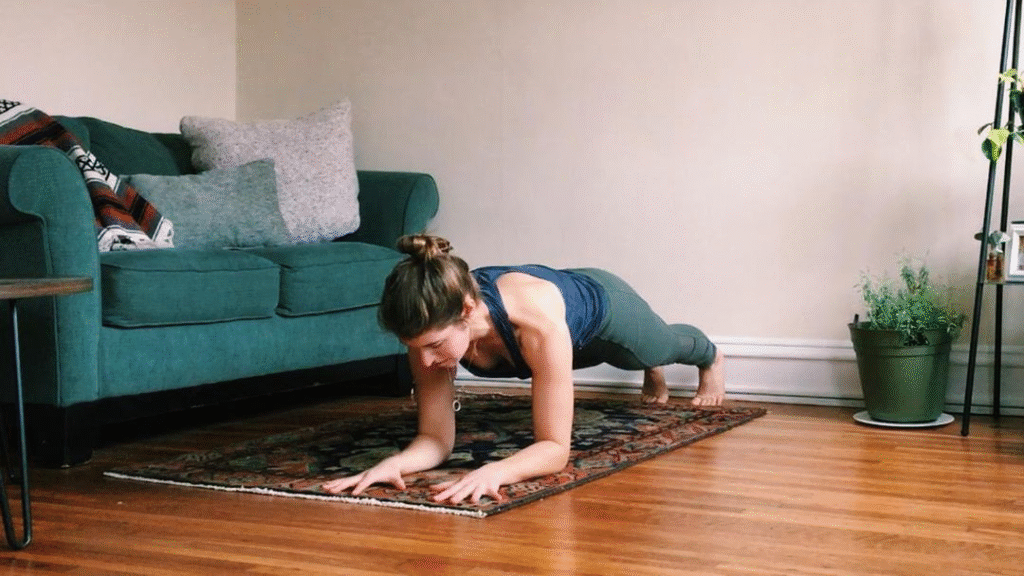
If your knuckles lift off the mat when your hands are down, focus on clawing the mat and pressing through the whole palm. This engagement (called mula bandha, or hand lock) supports the wrists and prevents pain. A strong hand foundation transforms your practice—try it in downdog, plank, and arm balances.
4. Squeeze those cheeks! (In backbends)

Some yoga teachers say to squeeze your glutes in backbends like bridge or wheel, while others say not to. For hypermobile yogis, squeezing (engaging the glutes) is crucial—it stabilizes the pelvis and protects the lower back. It also creates a slight anterior tilt, allowing more space to bend safely in the mid and upper back.
5. Use blocks!
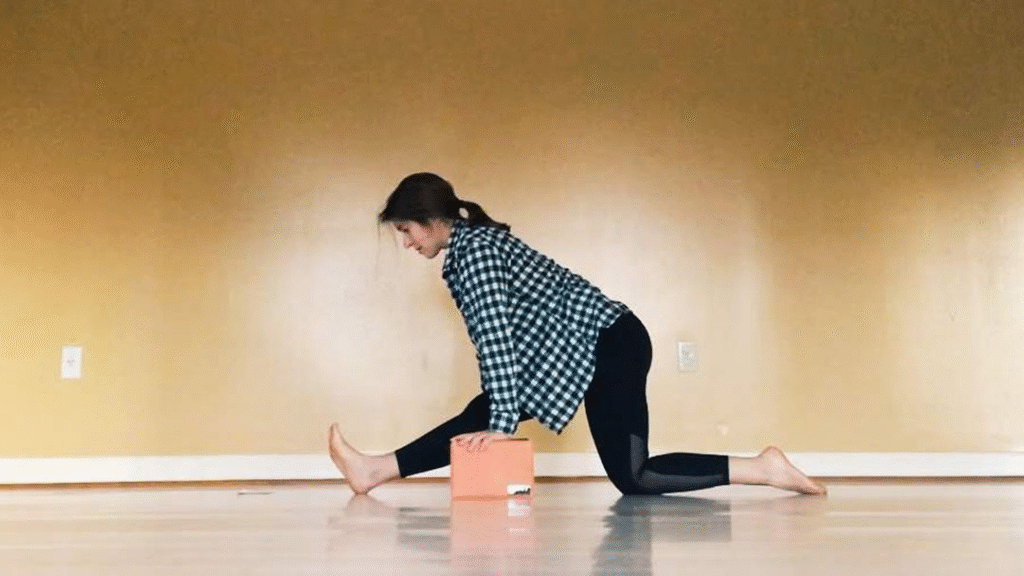
Grab two blocks, even if you think you don’t need them. Sure, you can touch the floor—but can you actively hold the pose? Hypermobile yogis often sink into deep stretches easily, but blocks help avoid overstretching. They let you pull yourself up slightly to engage muscles properly.
Try this in half-splits, lizard lunge, and triangle pose.
Yoga is a lifelong practice if you care for your body. Remember these 5 modifications to protect yourself—bend, don’t break!
